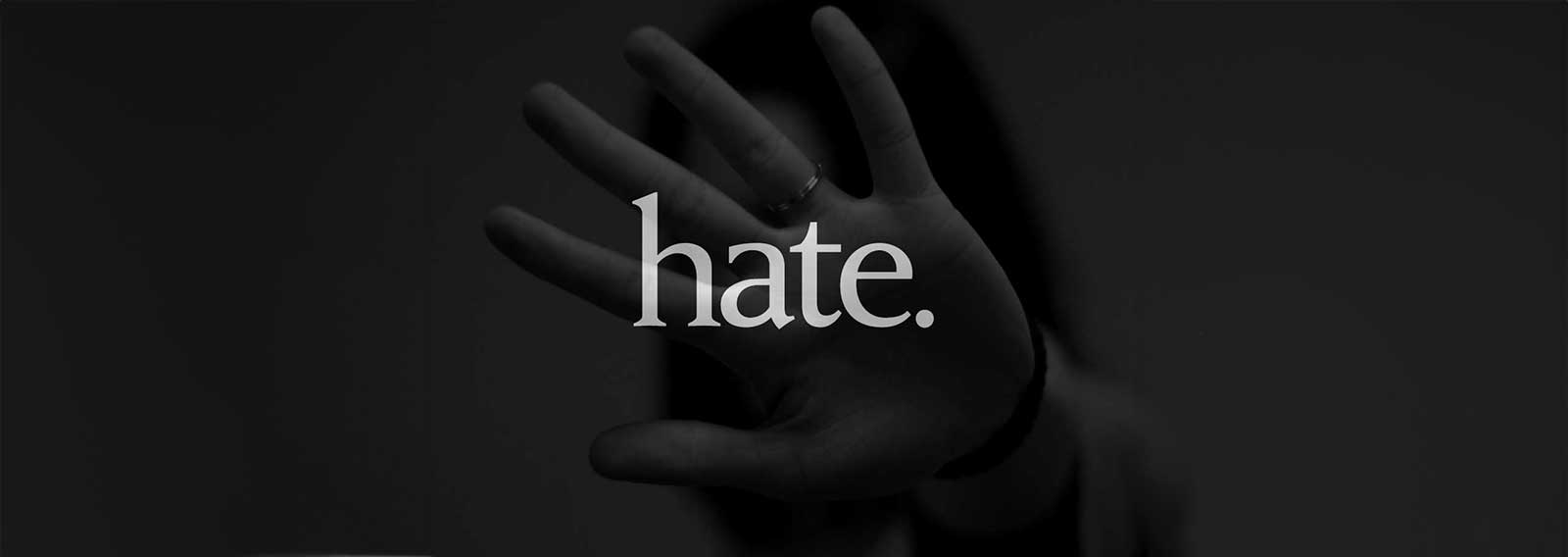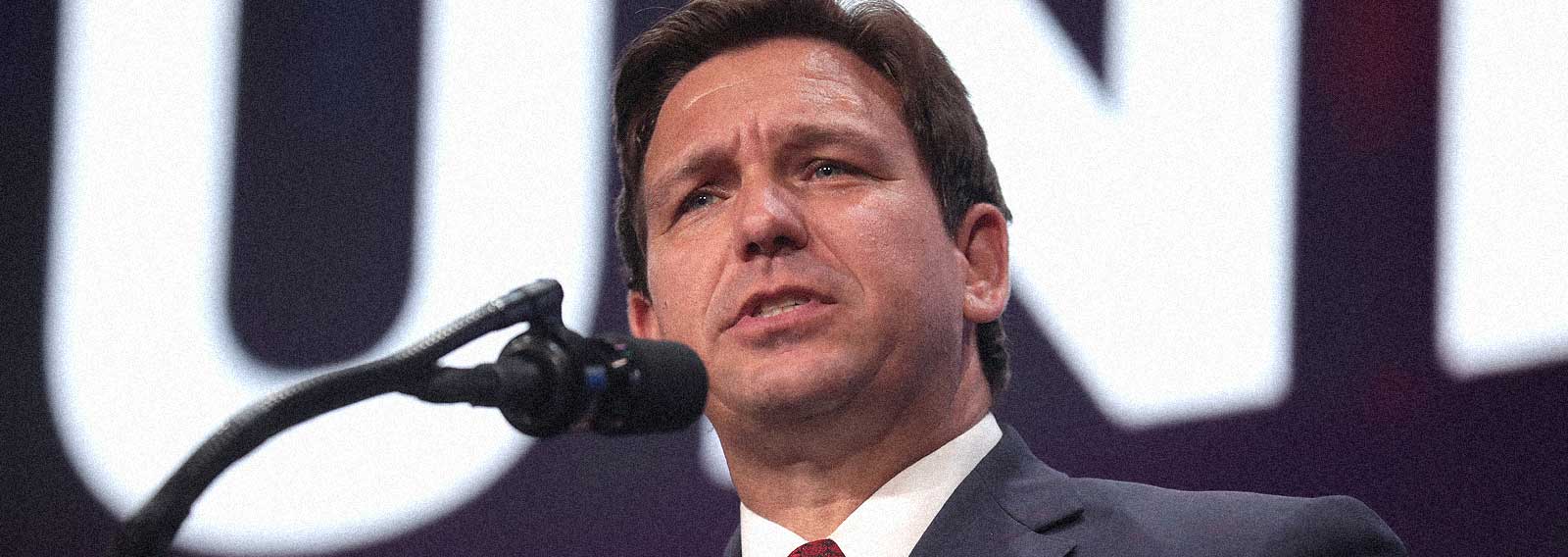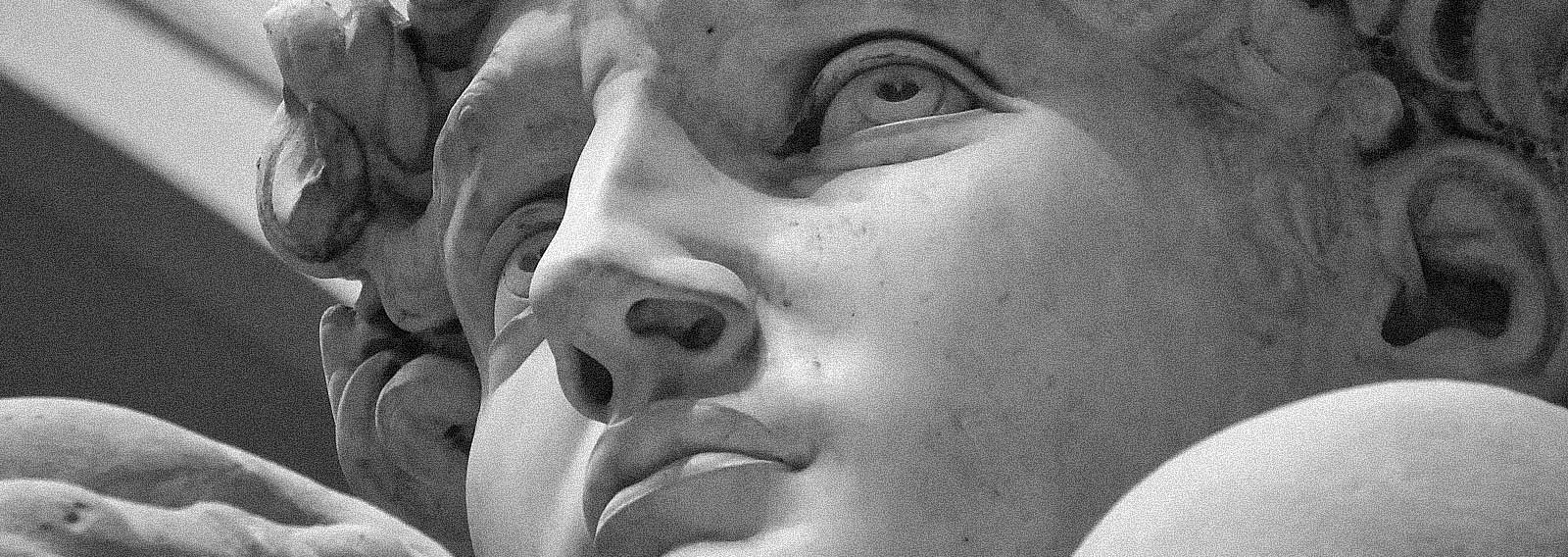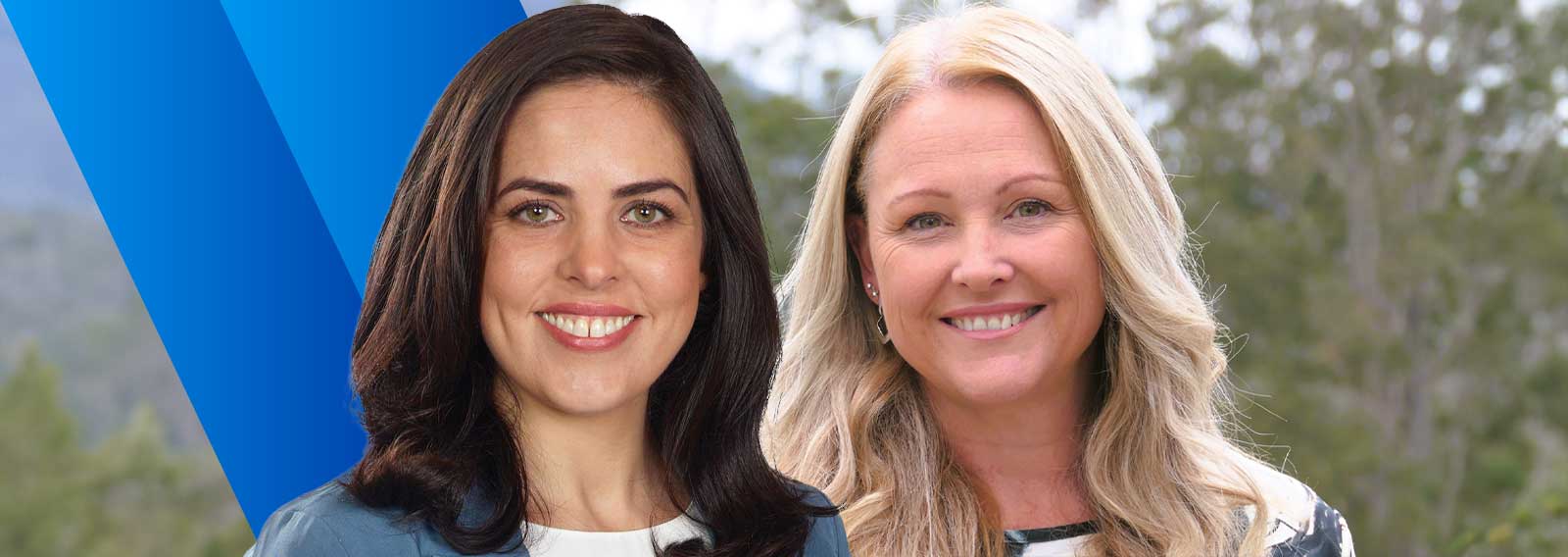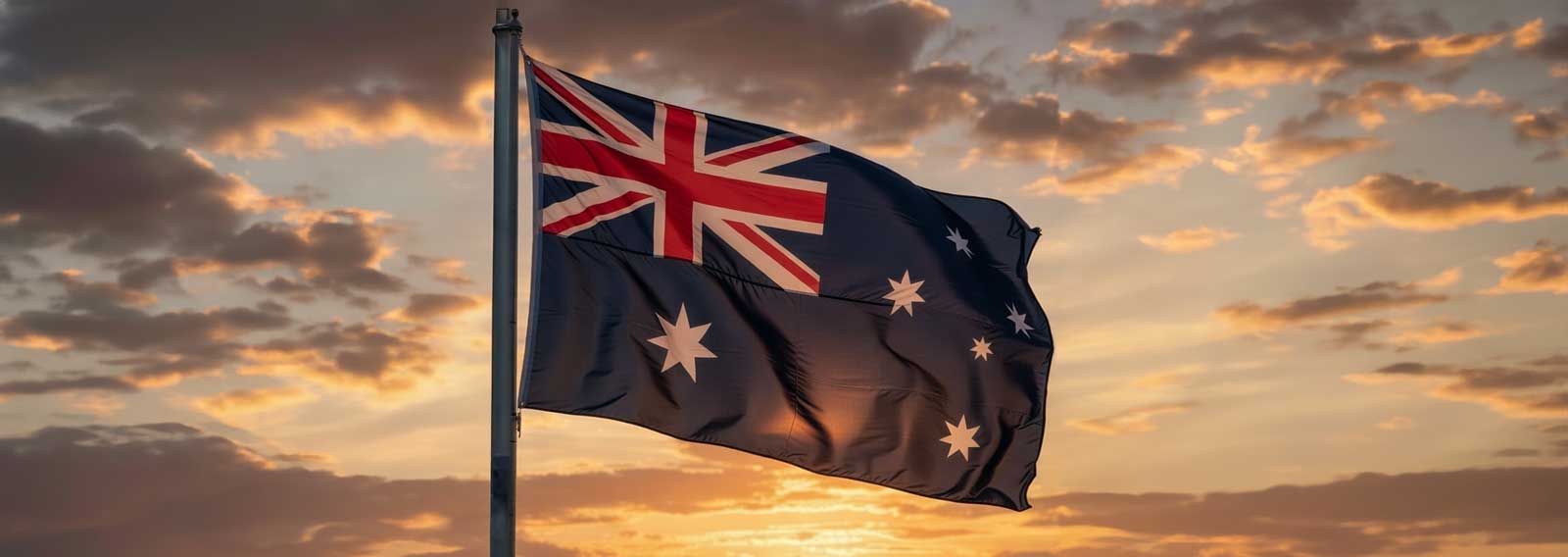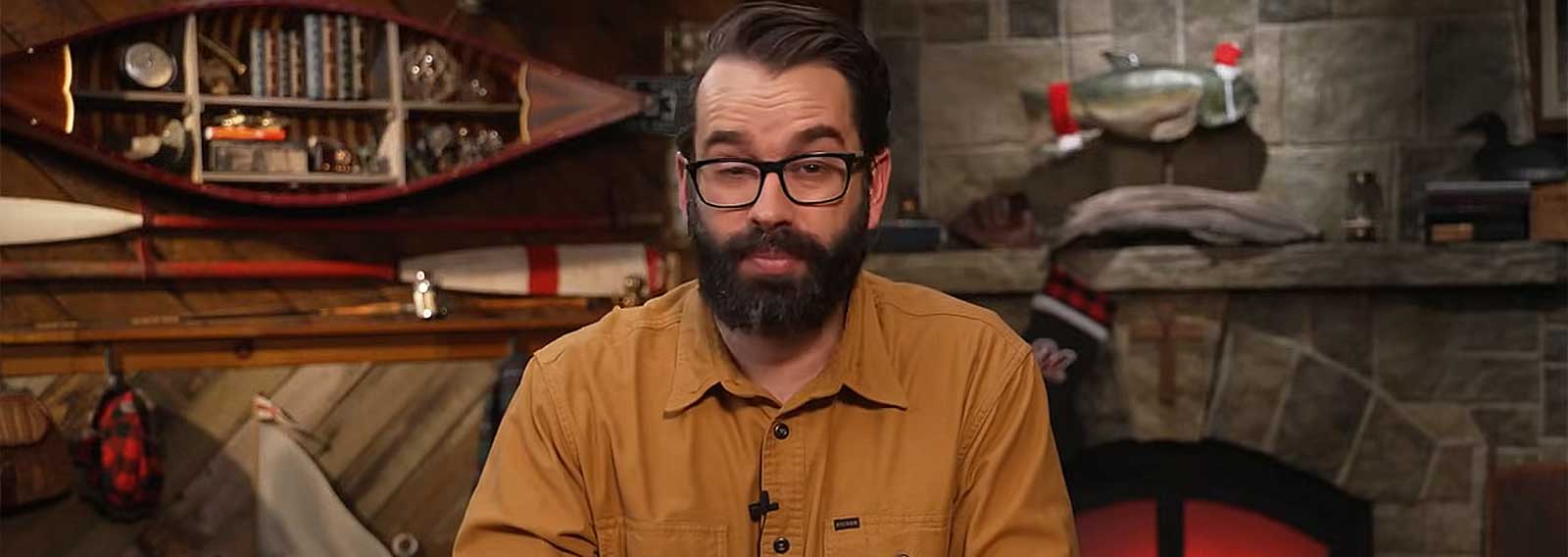Australia Council for the Arts has rescinded public funding for Melbourne Artist, Casey Jenkins after it was revealed that Jenkins planned to use the funding for a ‘performance art project where she would inseminate (impregnate) herself with donated semen live on social media.’
The Sydney Morning Herald said a legal review of Jenkin’s planned performance was carried out by the council, after Sky News presenter, Peta Credlin voiced a general concern about the potential abuse of Australian taxpayer funds.
Credlin singled out Jenkins’ self-insemination for its blatant lack of any real contribution or relevance to the Australian taxpaying public, Credlin also said that the Jenkins example “was the tip of the ice burg in the sheer abuse of taxpayer grants for obscure projects.”
On her August 18th show [37:28-42:04 timestamp] talking with the IPA’s Bella d’Abrera, Credlin said that she “wasn’t opposed to funding the arts”, but that the live art industry is struggling, and posited: “surely, there are other organizations, far more deserving of our support?”
Citing data from an audit carried out by d’Abrera of publicly funded “art” projects, Credlin stated that funding vague projects carried out under the banner of art, seemed to be an unethical misuse of taxes. Arguing, that under the shadow of the Covid-19 recession, “the last thing we need is good money being thrown after bad!”
Bella d’Abrera told Credlin that the newish National Interest criteria applied to publicly funded art projects is failing. Mentioning that the Jenkins “Immaculate” performance “art” project was also “offensive to taxpaying Catholics, who, in essence, would be paying for Jenkins to insult them.”
In a piece for the IPA, d’Abrera listed five examples of where the Government’s Covid ‘Resilience Fund’ for the arts was being ‘siphoned off to pay for an array of nonsensical – risible projects’:
- $10,000 to Sydney-based artist Julie Vulcan for ‘performance installations’ called ‘DarkBody’, to connect her audience to the ‘daily activities of an intricate ecology; the essence of ‘on-goingness within a multi-species world.’
- $2000 to ‘another Sydney based artist, Giselle Stanborough, to create multi-platform artwork to raise questions ‘about the colonisation of our social activities by large corporations and the way social media and dating apps are changing our intimate relationships.’
- $10,000 to ‘Mudgee -based feminist weaver, Kelly Leonard to makes giants scarves and stitched texts which she places in various bush locations to ‘deliver messages’ about coal mining and climate change.’
- $10,000 to artist, Claire Bridge, whose ‘work responds to issues of ancestral transmissions, gendered violence, intergenerational trauma and the confluence of these concerns with the environment and queer ecologies.’
- $10,000 to Tasmanian artist Willoh S. Weiland, whose concern is for ‘creating epic ideas and destroying the white male patriarchy’.
D’Abera called the funding abuse ‘both wrong and immoral.’ Arguing that ‘small businesses are suffering, 1 million Australians are unemployed, and approximately 1.7 million jobs are at risk of being lost over the next three months due to the lockdown restrictions which remain in place across Australia.’ Noting also that some of the artists receiving funding ‘weren’t even in Australia.’
Not without irony, Casey Jenkins’ responded to the council’s decision calling it a ‘saga, weird and not making any sense.’
Taking aim at Scott Morrison, Jenkins alleged that ‘in follow-up discussions about the funding, a senior Australia Council member’ laid the blame on Australia having a ‘very conservative Prime Minister.’
Jenkins accused the council of kowtowing to ethical concerns about how children are conceived. Stating that the council was ‘projecting into this a dystopian future where there is a child who’s going to have the power to sue their parents because they don’t like how they were conceived.’ Saying “it’s bizarre on so many levels. I’m in a mind-boggling, weird zone.”
The Australia Council said that ‘it had no record’ of a senior member blaming Morrison’s conservative views, and that their ‘decision was “based on potential legal risk, rather than ethical considerations”. (ibid)
This doesn’t dismiss the social engineering, ‘Truman Show’ artistic and ethical questions Jenkins’ project raises.
Chief among them is whether a woman impregnating herself live on social media is to be legitimately considered art or rightly rejected as dehumanizing, voyeuristic, man-hating exhibitionism.
American Humanities Professor Gene Veith’s criterion for the best art is, “Art that addresses the entire mind, thereby engaging the faculty of intelligence. Fine art deserves close attention.’’
The best art isn’t joyless.
It’s not a soul sucking extension of an empty existential abyss staring back at us.
The best artists engage in wonder, and invites us to wonder with them.
The best art forces us to reflect on what exists within and without. The seen, the unseen and the hidden. It points us to the transcendent – that which exists outside of, and beyond ourselves; inspires, picks up and carries forward.
Entertainment is a secondary aim. Protest only a third, and exhibitionism, if it has any place in art at all, is always and forever last.
Much of what we’re sold as art is – as Veith calls it – anti-art. The same goes for much of the “art” that Credlin and d’Abrera say taxpayers are being forced to fund.
In addition, female criticism of a female artist cannot be projected onto the patriarchy, Scott Morrison or Church-going “iconoclastic fanatics”, as though any rescinding of funds for anti-art was the “shadow banning of art” by a “tyrannical” conservative Government.
What’s important to note here is that Jenkins wasn’t cancelled, the abuse of taxpayer funds was.
References:
[i] Veith, G.E. 1991. State of The Arts: From Bezalel to Mapplethorpe, Crossway









